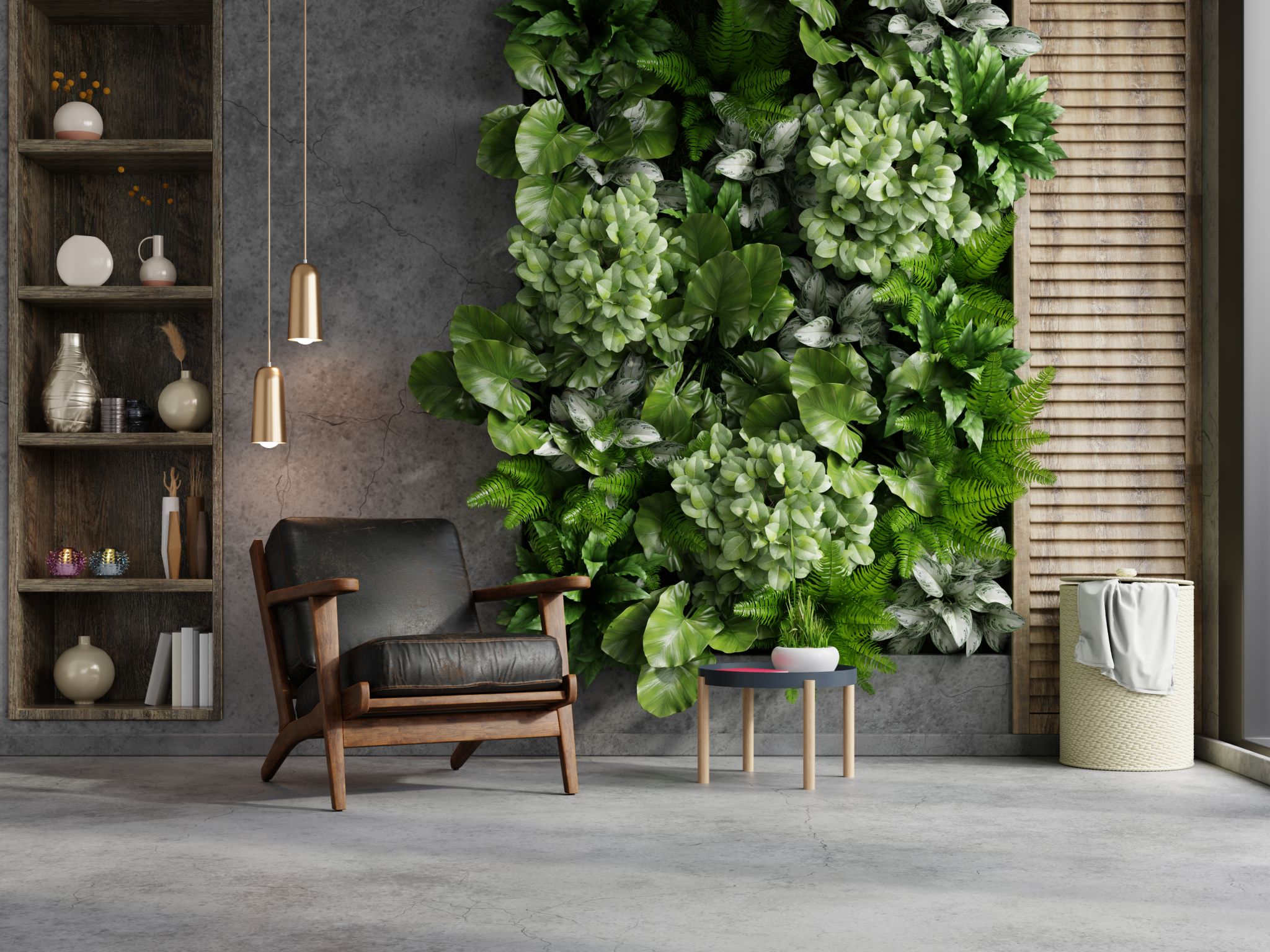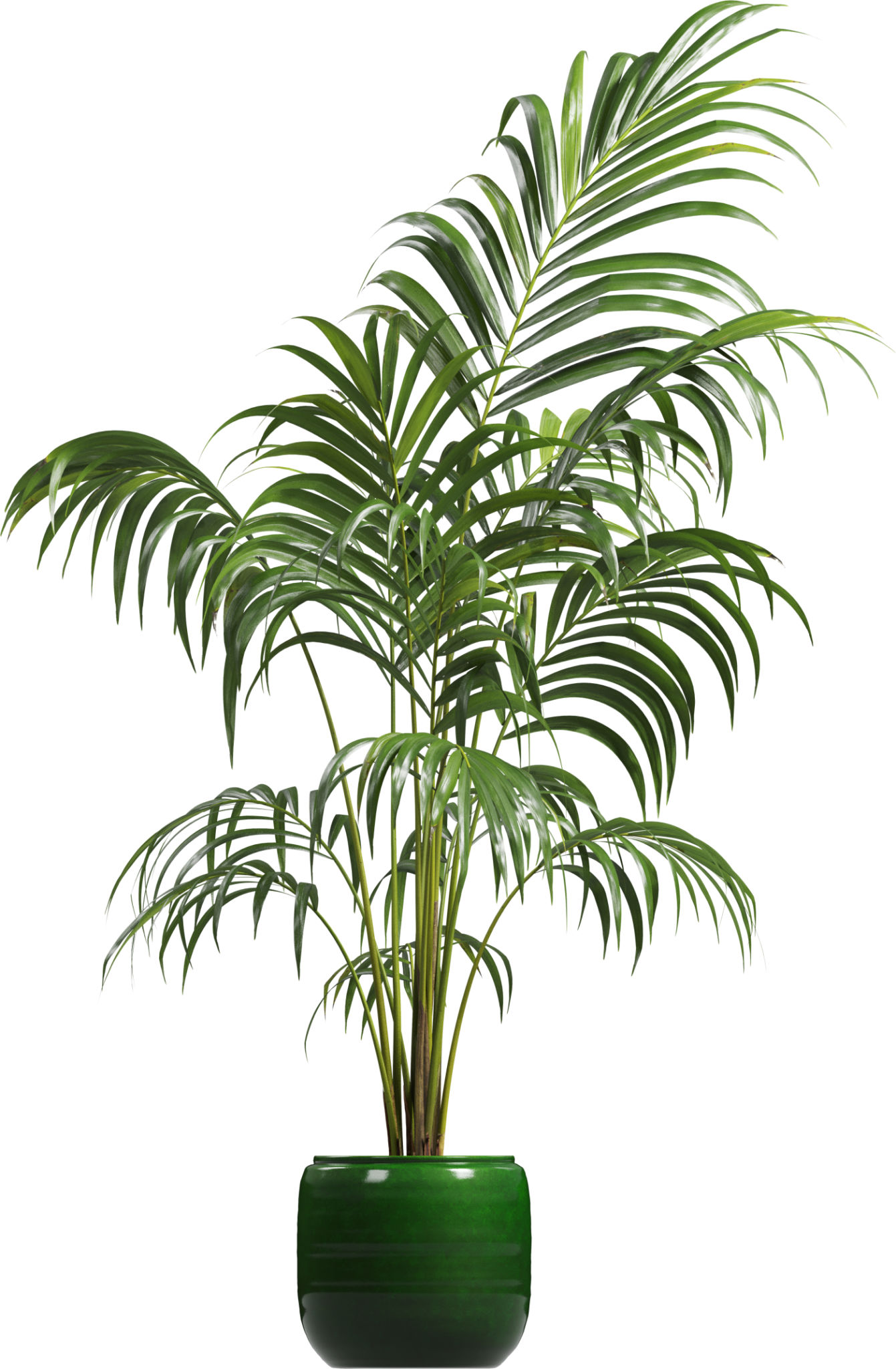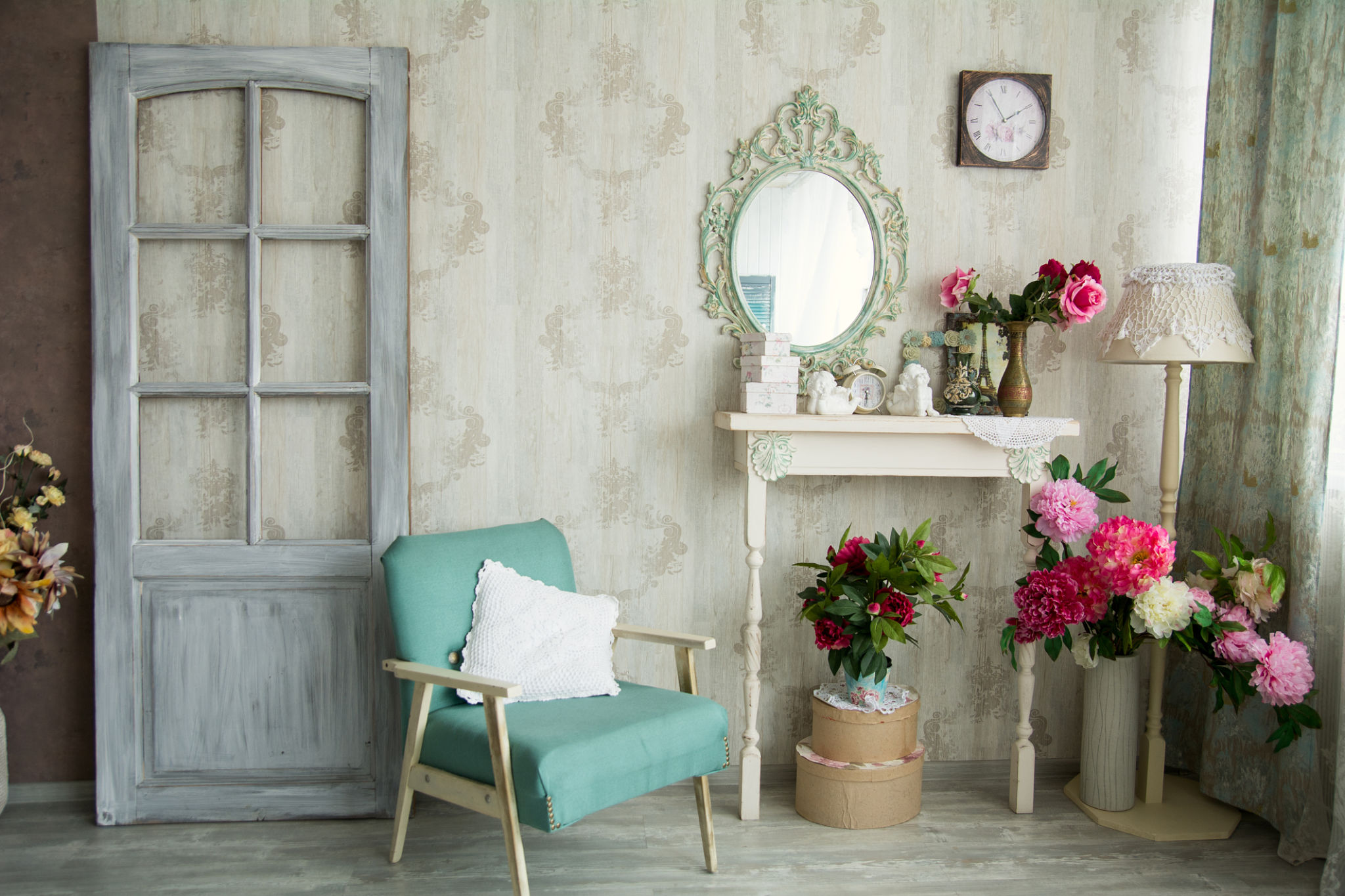Exploring the Latest in Home Decor: Trends and Innovations
Embracing Sustainability in Home Decor
As we move further into the 21st century, sustainability continues to be at the forefront of home decor trends. More homeowners are seeking eco-friendly options, from furniture made of recycled materials to energy-efficient lighting solutions. This shift not only benefits the environment but also adds a unique, personal touch to home interiors.
Materials such as bamboo, reclaimed wood, and recycled metals are gaining popularity due to their minimal environmental impact. Moreover, many designers are now focusing on creating timeless pieces that reduce the need for frequent replacements, thus promoting sustainability.

The Rise of Minimalism
The minimalist trend in home decor is still going strong. Its appeal lies in the clean lines, open spaces, and a focus on functionality over excess. Minimalism advocates for decluttering and emphasizes the idea that "less is more."
This trend often incorporates neutral color palettes, which create a calming and serene environment. The use of multifunctional furniture is also prevalent, allowing homeowners to maximize small spaces effectively.
Technology-Driven Innovations
Technology has become an integral part of modern home decor. Smart homes are no longer a futuristic concept; they are a reality that enhances convenience and efficiency. From automated lighting and climate control systems to voice-activated assistants, technology is reshaping how we interact with our living spaces.

The integration of technology into decor isn't just about gadgets; it's also about incorporating smart design elements like hidden charging stations and furniture with built-in tech features. These innovations make everyday life easier while maintaining aesthetic appeal.
Biophilic Design: Bringing Nature Indoors
Biophilic design is all about connecting our living spaces with nature. This trend emphasizes natural light, indoor plants, and organic materials, creating a harmonious balance between indoor and outdoor environments. It aims to improve well-being by fostering a connection with the natural world.
Incorporating elements like vertical gardens, natural textures, and even water features can evoke a sense of tranquility and promote mental health. This design philosophy encourages a healthier lifestyle and has been shown to increase productivity and happiness.

Bold Colors and Patterns
While minimalism thrives on simplicity, there's a contrasting trend that embraces bold colors and patterns. This movement encourages homeowners to express their personalities through vibrant hues and eclectic designs. It's all about making a statement and creating a lively atmosphere.
Rich tones like deep blues, emerald greens, and mustard yellows are being used to add depth and character to spaces. Patterns such as geometric shapes, abstract art, and florals are also popular choices for adding visual interest.
Vintage and Retro Revivals
There's a growing nostalgia for vintage and retro styles in home decor. This trend sees the re-emergence of mid-century modern furniture, retro color schemes, and antique accessories. It combines the charm of the past with modern sensibilities to create spaces that feel both timeless and trendy.

Flea markets and antique shops have become treasure troves for those looking to incorporate unique pieces into their homes. This blend of old and new allows for creativity and personalization, turning homes into a reflection of individual histories.
Artisanal Craftsmanship
The appreciation for handcrafted items is surging as more people seek authenticity in their home decor. Artisanal craftsmanship celebrates the uniqueness of handmade objects, from ceramics to textiles. These pieces often carry stories of tradition and culture, adding depth to home interiors.
This trend supports local artisans and emphasizes quality over mass production. By choosing handmade items, homeowners contribute to preserving traditional crafts while enjoying one-of-a-kind pieces that elevate their living spaces.